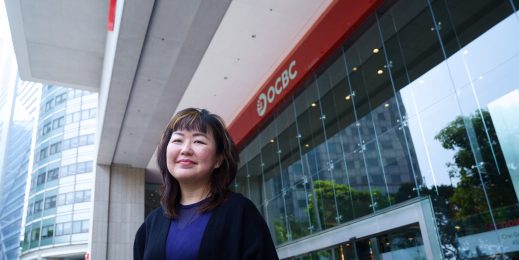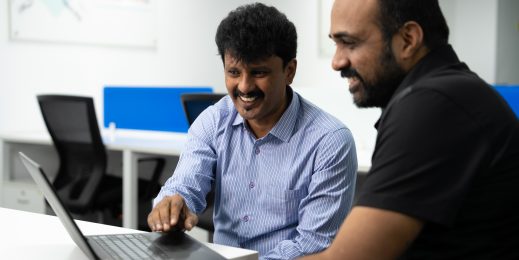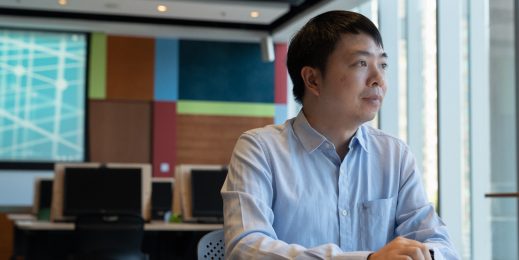
Digital transformation in emerging Asian economies: Escaping the middle-income trap
Employing cheap, low-skilled workers in relatively simple manufacturing or extractive industries has been a winning formula for many of Asia’s emerging economies. Over the decades it has created new wealth for their governments and peoples. And, it has positioned them within global trading networks and international supply chains.
But how much longer can it go on? One of the region’s leading development organizations, The Asia Foundation, says the model can only take them so far.
As a matter of priority, the Foundation is encouraging economies to embrace digital transformation, establish new industries and enterprises, and, most importantly, upskill their workers. Failure to act and move ahead with advances in technology, it argues, means inevitably falling into what economists decry as the “middle-income trap” – a place where a country’s competitive edge blunts and progress stalls.
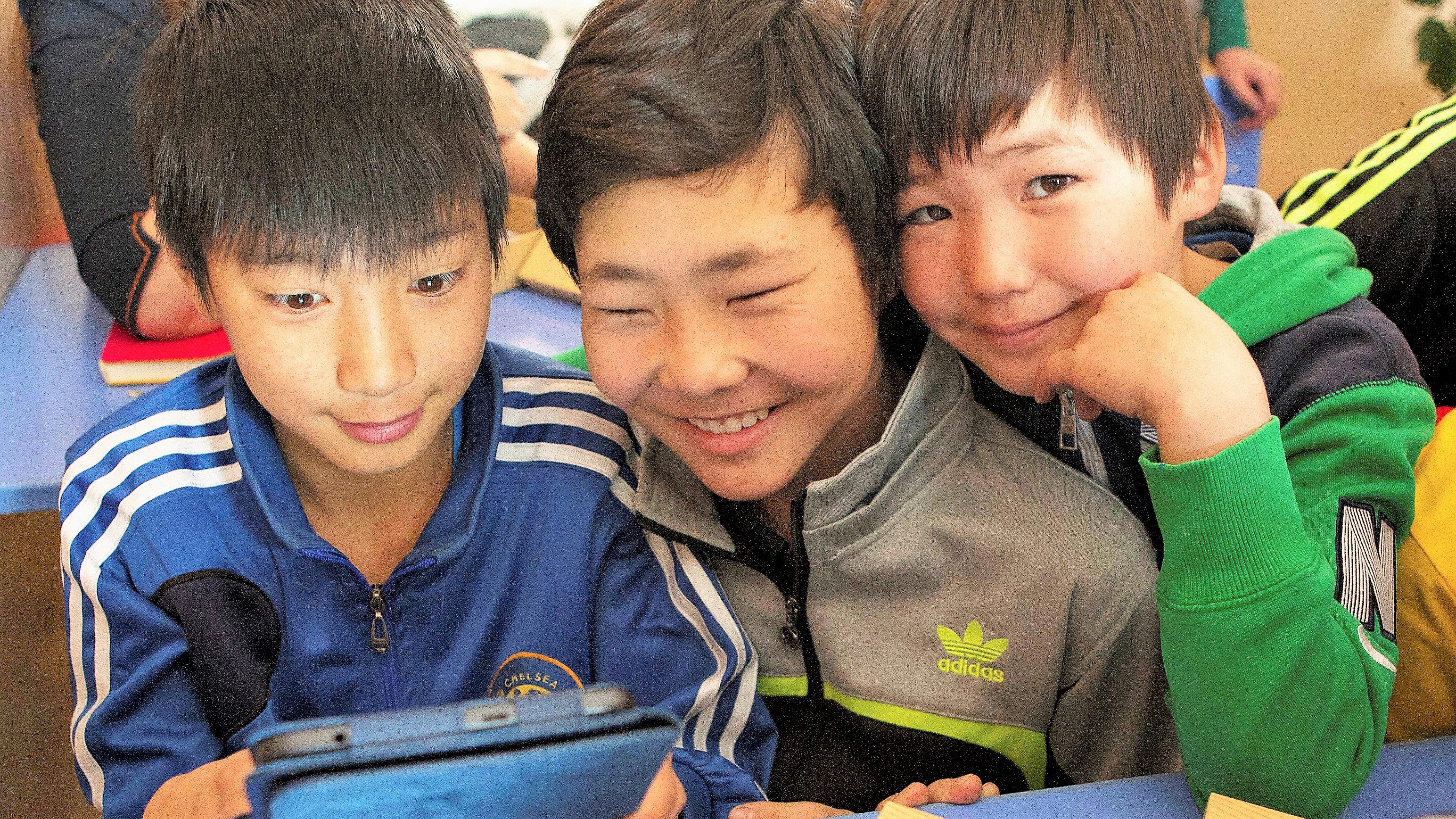
“The economic model of using a low-skill, low-productivity workforce in low value-added industries got these countries to middle-income status. And, it has been a source of economic advantage. But it is not going to get them out of the middle-income range to advanced economy status,” says The Asia Foundation’s President David Arnold.
“It really is a question of moving from low-skill manufacturing to high-end technology as well as higher value-added and advanced services. The role that technology can play is enormous.”
We were in the Middle Ages as far as technology was concerned.

With the advent of the 4th Industrial Revolution and the rapid spread and adoption of cloud computing, cutting-edge technological solutions are now widely available around the world.
But to effectively tap this tech-driven potential, Asia’s emerging economies must pursue new ways of educating and training present and future workers – including women and girls who too often languish at the bottom of the employment pool with few educational opportunities.
“Ultimately it is the matter of human capital and developing relevant skills,” Arnold says. “That is currently a big constraint in many countries. So, we see this as an area of importance and priority.”
READ: Unlocking the Economic Impact of Digital Transformation in Asia Pacific
Breaking down and replacing long-held institutional and bureaucratic practices and barriers are high on the list of must-dos as well. It also happens to be a mantra that has been internalized by the Foundation, which has itself embraced technology to do its work better. Arnold sees the Foundation’s own internal digital transformation dividend as being a sort of microcosm of where the region should be heading.
Established by forward-thinking business people, academics, and U.S. government officials in 1954, The Asia Foundation is a non-profit international development organization committed to improving lives across the region. It works both at the high-end of public policymaking and at grassroots levels with local communities. It has an effective, integrated strategy to help Asian countries promote good governance, empower women, expand economic opportunity, boost education, increase environmental resilience, and promote international cooperation. It fosters deep, long-term partnerships with local organizations and individuals and relies on support from governments and a myriad of donors.
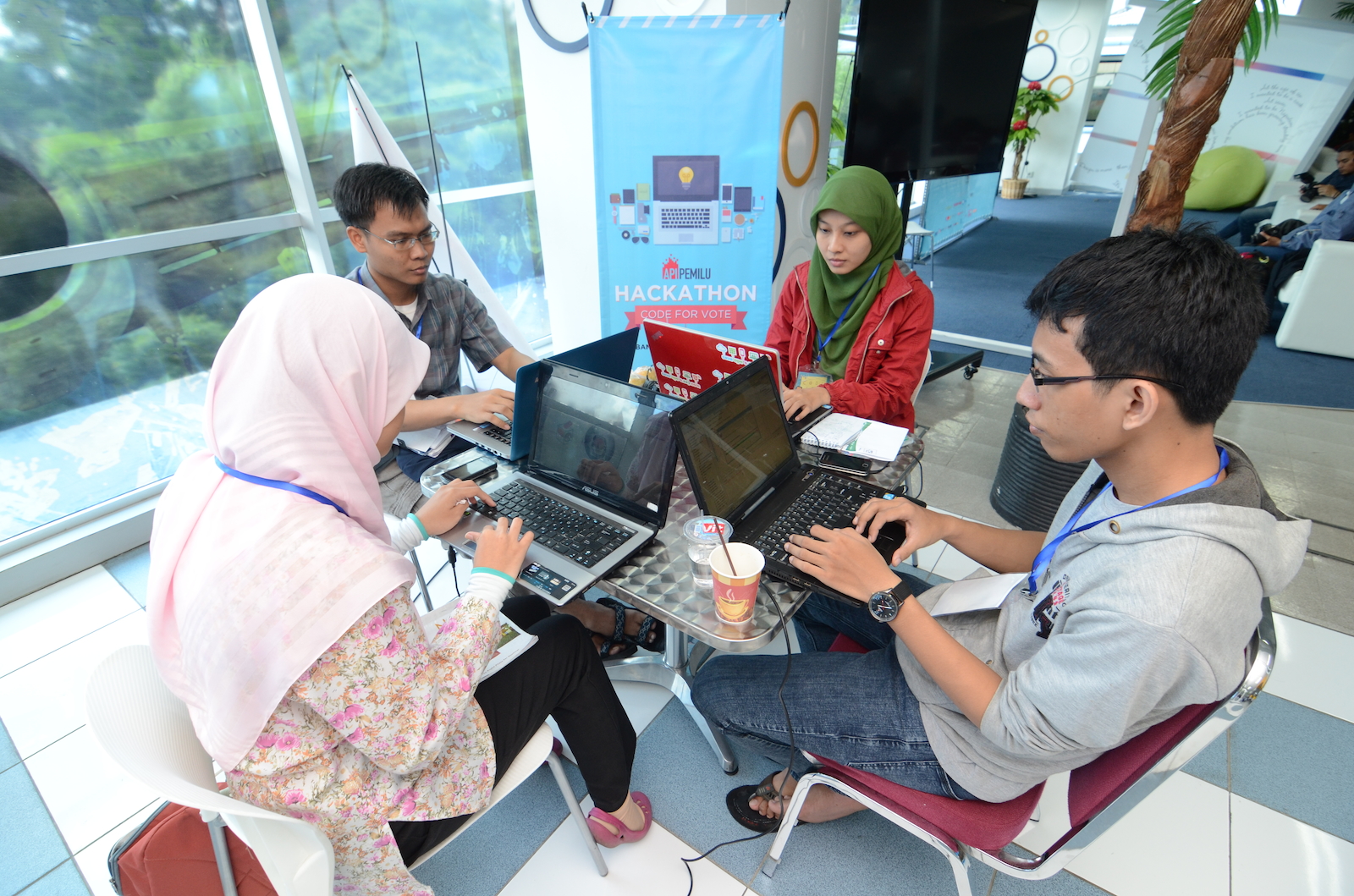
In short, its goals are high, its reach wide, its challenges big and complex, and its stakeholders demanding. So, to boost its impact it embraced change.
For most of its early life, the Foundation was a largely paper-based, administratively disjointed, highly siloed and decentralized operation that stretched from its headquarters in San Francisco across a network of offices in 18 Asian countries.
READ: Microsoft Philanthropies Asia – Advancing a future for everyone
Ken Krug joined its ranks in 2011 to become Vice President for Finance, Chief Financial Officer, and a champion for digital transformation. “We were in the Middle Ages as far as technology was concerned,” he recalls.
Previous attempts to create in-house IT solutions had been unsuccessful. But about five years ago, the Foundation adopted “OneTAF” – a cloud-based Microsoft Office 365 solution named for the abbreviation of The Asia Foundation.
Now all sorts of files and knowledge are linked and made accessible across the Foundation’s diverse geographic footprint. One can imagine the unique challenges of being stretched from Colombo to Kabul and from Ulaanbaatar to Jakarta, and how much freedom and ease can be derived from sharing information and materials in real time.
… a place in the cloud for people to share ideas, documents, and comments.

“We have created communities of practice where we use collaborative tools inside the software to do all sorts of work. We can have multiple actors working in different time zones on the same initiative or proposal.”
For example, a team writing a proposal to support prison reform in Pakistan can tap the know-how and input of a group in the Philippines that have expertise in that area. The work product is dynamic and efficient, rather than stagnant and closed.
Not only is expertise shared. Efficiencies are also created “without sending documents back and forth via email and wasting a lot of time. Everything lives in OneTAF and can be updated in real time with minimal effort, no matter the time and place.”
The result is that 87% of the Foundation’s budget goes to programming with only 13% reserved for administrative costs. This process also streamlined accountability and strengthened security and data protection.
“Technology is an instrument that enables the Foundation to really benefit from being a networked organization,” says Arnold. “Previously everyone in each of our country offices was at the mercy of their own separate IT or paper silo. And those silos did not lend themselves to easy collaboration across the region.
READ: Learn how your non-profit can leverage technology for greater impact
“The migration to OneTAF has fundamentally changed the way we work as an organization. It has created opportunities for us to have professional communities of interest within the Foundation, that didn’t exist before, to do collaborative work across different geographies and different sectoral areas of interest.”
Meanwhile, he is optimistic about the region’s digital future as new technologies come on stream, such as artificial intelligence (AI).
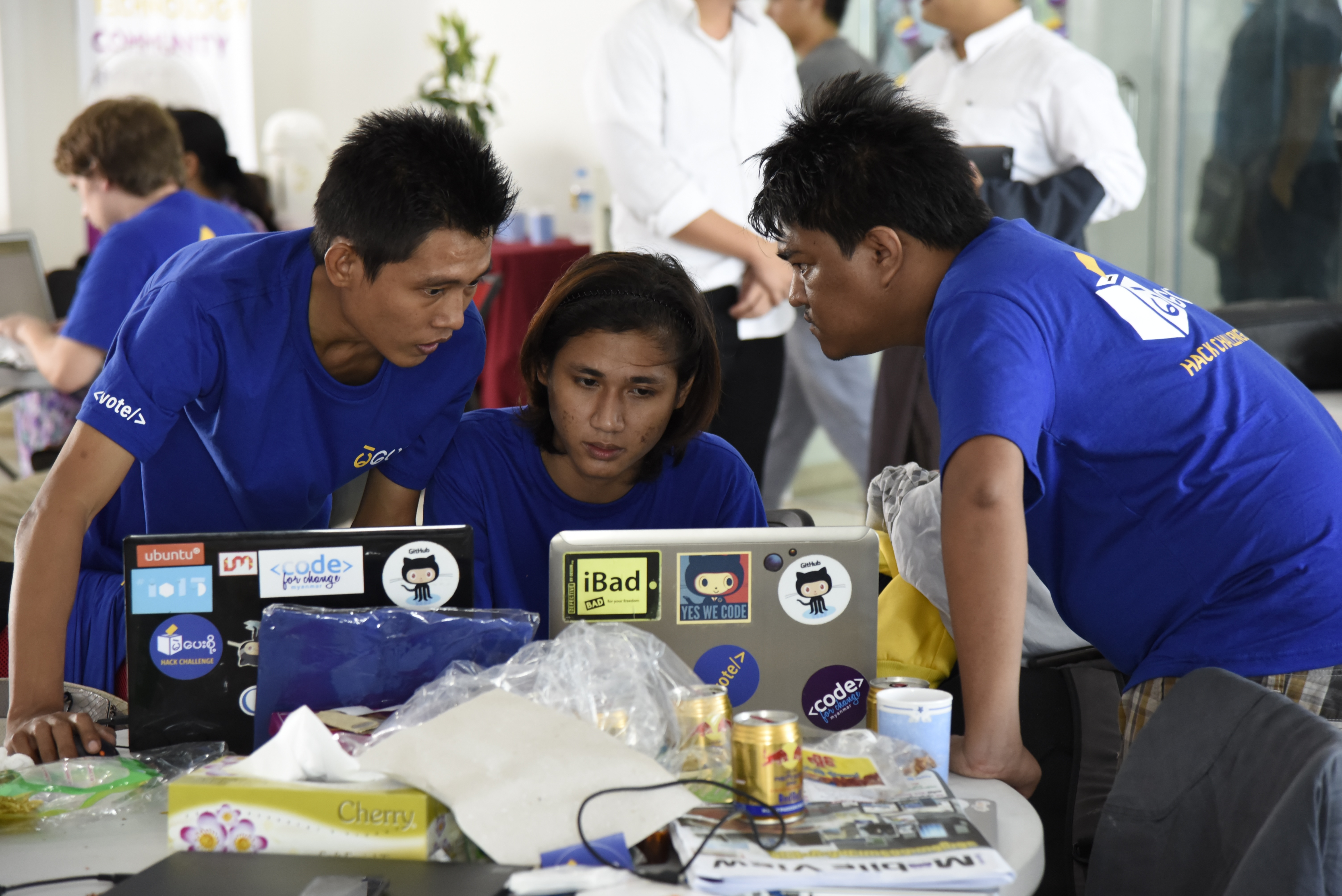
“What is really fascinating to see is where, for example, a country like China is heading. From all accounts, they are pouring huge resources into AI as part of their long-term growth and development strategy. In the past, most Asian countries have been viewed as consumers of technology, or users lagging the leading edge.
“Now, I think now there is an opportunity for more and more Asian countries – India and China being the prime examples, but also Singapore, South Korea, and others – to generate their own technology innovations. And, I think that certainly would include developments in the AI arena.”
More generally, he is confident that, by embracing digital transformation, Asia economies can build on past growth and not slip behind.
… there is an opportunity for more and more Asian countries … to generate their own technology innovations.
“The mode of production is changing, but the locus is remaining pretty much as it is. Bangladesh is a good example. Ready-made garment producers in Bangladesh are now installing robots and hi-tech equipment.
READ: Game-changing cloud: New business mindsets to compete globally
ALSO: ASEAN and the cloud: Harnessing the digital dividend
“But they are still making clothes in Bangladesh. In theory, yes, those garment jobs could come back (to the United States). But I think the chances are just as good that firms now selling into global supply chains are positioned to take advantage of new technology and so remain kind of where they are.
“But it is clear that the labor skillsets required for the servicing of robots, for instance, will be different than those needed to stitch by hand or by sewing machines.”
For its president and partners, The Asia Foundation embodies that need to embrace the future for maximum impact.





